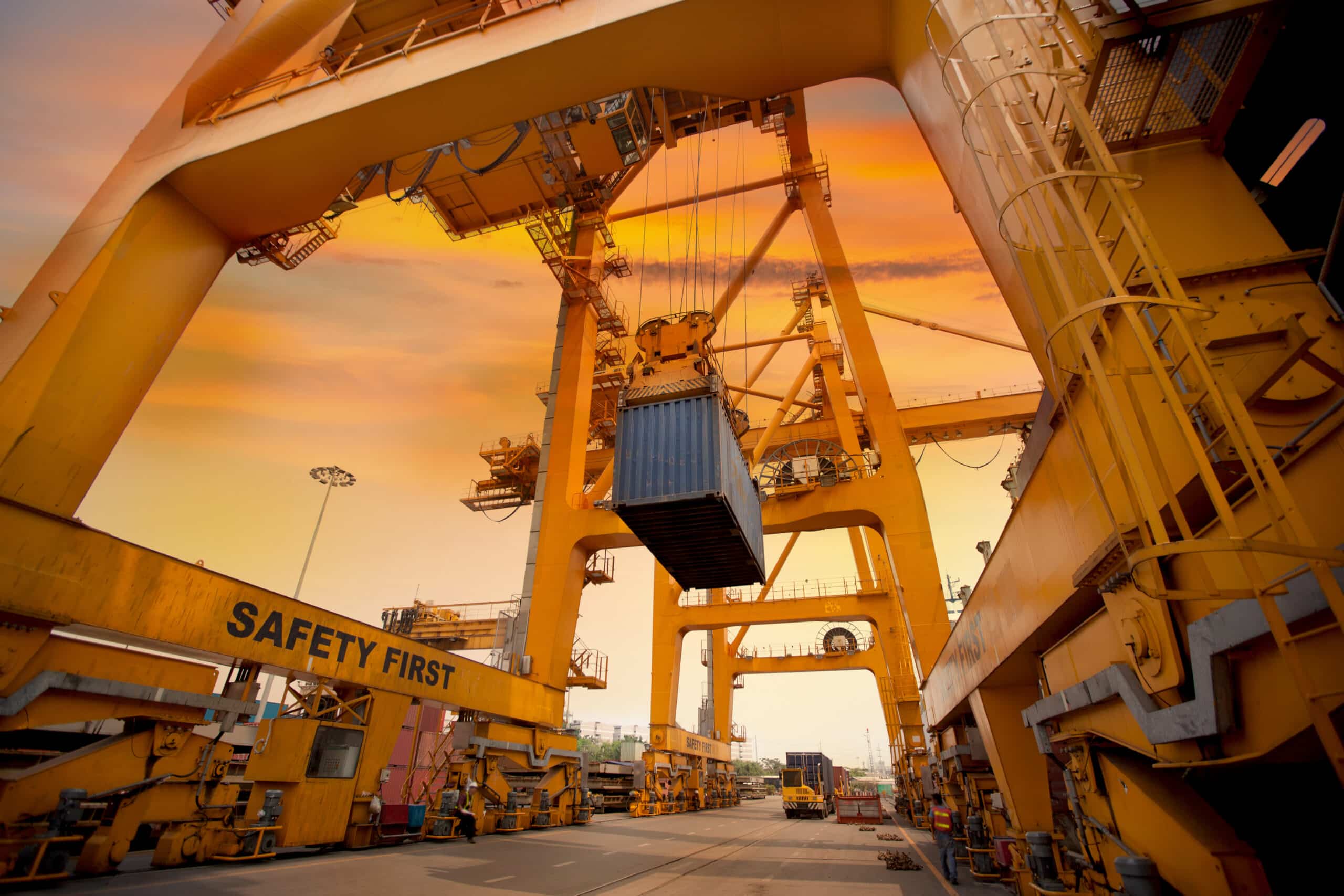Drought conditions often increase interactions between humans and wildlife.
For all living things, water is life and without it, the world as we know it, will perish. This is the reason why water conservation is an essential part of wildlife protection. Global conservation efforts seek to rejuvenate damaged ecosystems, bring back habitats and decrease the impact of human activity on wild animals.
H2O is essential for wildlife to flourish, but animals require this finite source not only for drinking. Other creatures like amphibians, which are cold-blooded vertebrate animal that are born in water and breathe with gills – need unpolluted waters in order to grow into their adult form, so as to develop the ability to breathe air as well as use water as shelter. Butterflies get valuable minerals and salts from water, and birds use water to bathe and remove parasites.
Transform your organization by taking individual action to eliminate chemical pollution with reducing the use of dosing your system, lowering your water footprint by installing or upgrading to a water or wastewater system and utilizing advanced Leak Detection Solutions to help you identify issues before they arise.
We only implement projects according to global best practices and can assure you that our systems are up to the highest of standards. Our team of experts will educate you about local issues and the best solution to use to improve the lifecycle of wildlife and your treatment system.

